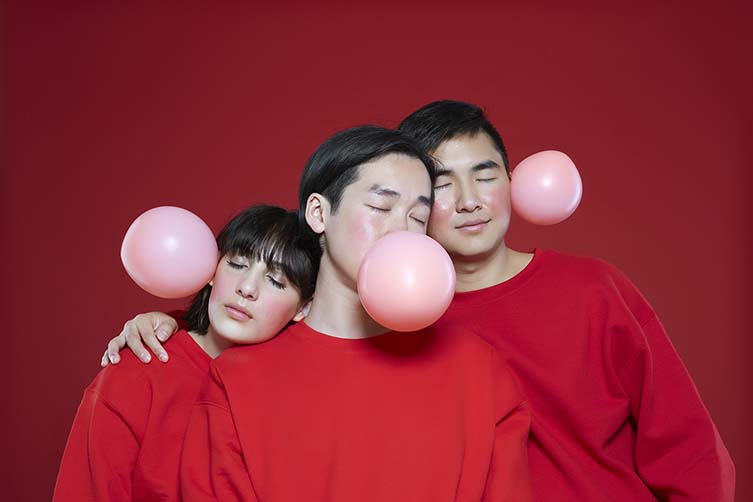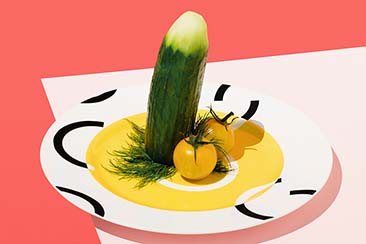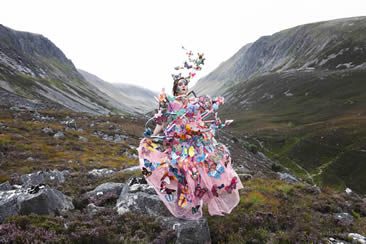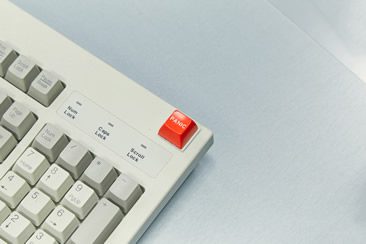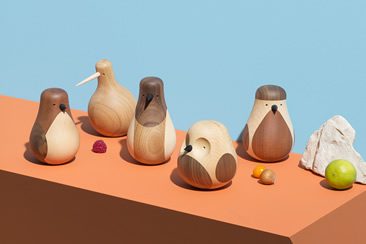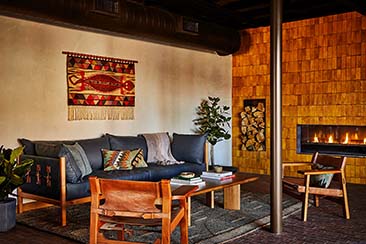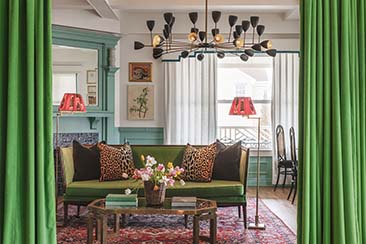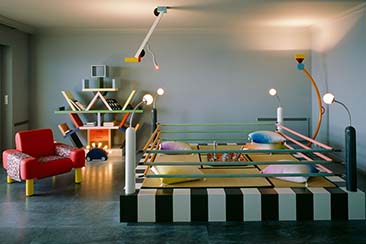Herr Robert G. Bartholot—or simply Bartholot—is a one-man photographic studio based in Berlin. An artist of many contradictions, his portraiture work is classic in pose and composition, yet utterly modern in colour and experimental artistry.
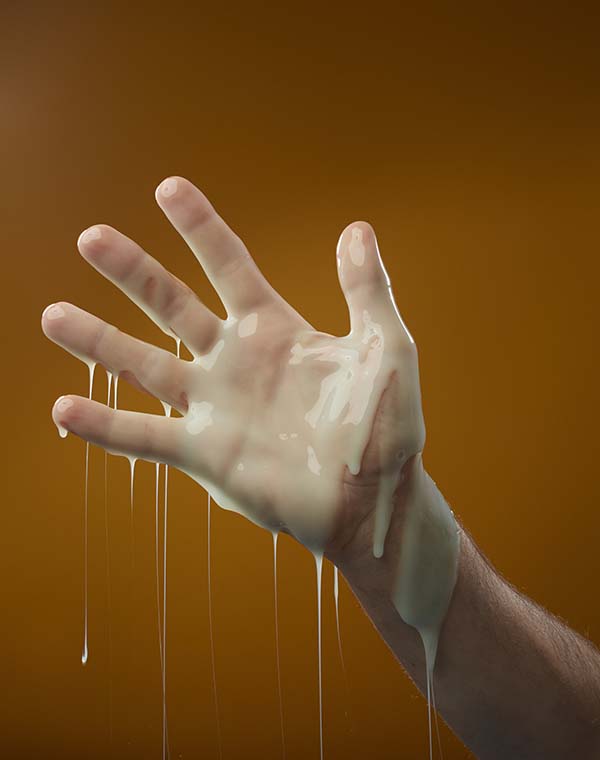
The main focus of his work is oft-ghostlike human subjects captured in mid-motion, appearing caught and sculptural. While utterly beautiful, an element of lacquered grotesqueness can seep into Robert’s work, something that can be psychologically addictive. He’s not capturing reality, instead creating depictions of his personal visions and imagination.
Mostly self-taught in photography, Bartholot did study art history—which might explain some of his surreal artistry. Earning his stripes in various creative support roles throughout his career, it wasn’t until he embarked on working with legendary Spanish photographer Álvaro Villarrubia that the penny dropped and the Bartholot studio became more than just a dream.
Wowed by his iconic classicism twinned with a contemporary graphic finish, we went in search to discover more about the man called Bartholot and his improvised play with figures, colours, and materials.
Where and how did it all begin? Tell us about where you grew up and studied, and were you always destined to be a photographic artist?
I was born and raised in southern Germany in a picturesque town called Constance. After high school I studied art history, German linguistics and literature; yet never graduated. Instead, I made an apprenticeship as a media designer in a tiny provincial advertising agency before moving to Zurich, waiting tables and doing freelance graphic work. I then relocated to Madrid where I discovered digital photography working as an assistant to Spanish photographer Álvaro Villarrubia. In 2009 I moved to Berlin and started running my one-man studio.
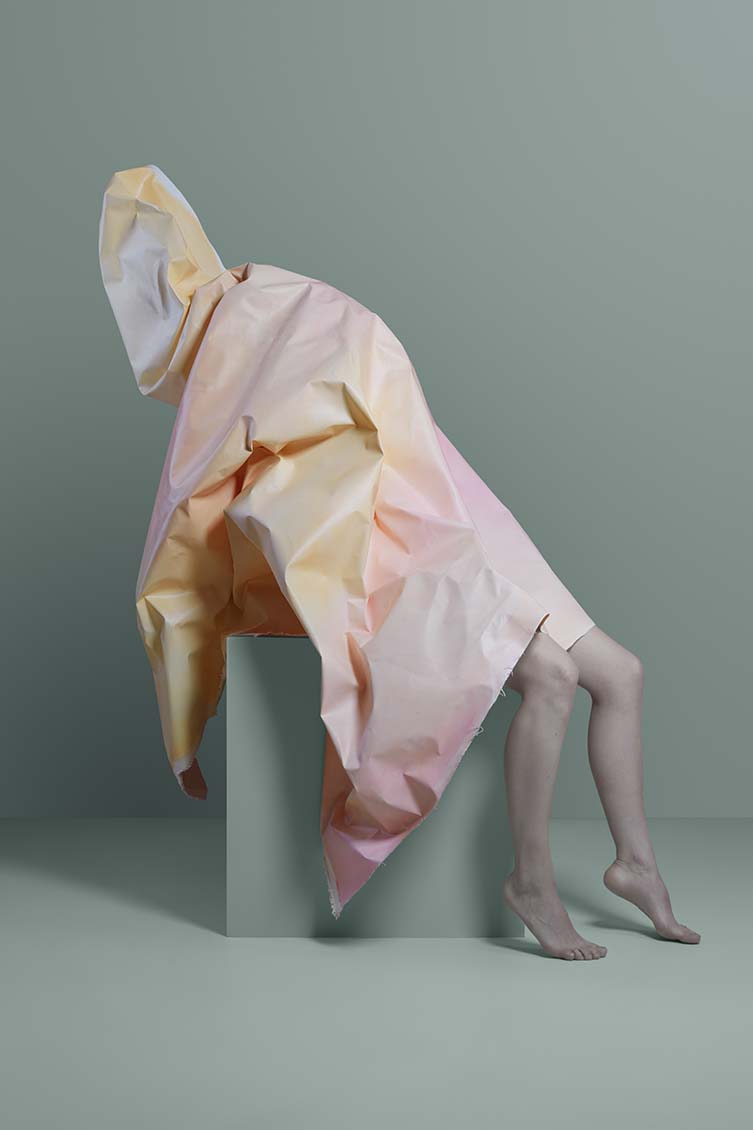
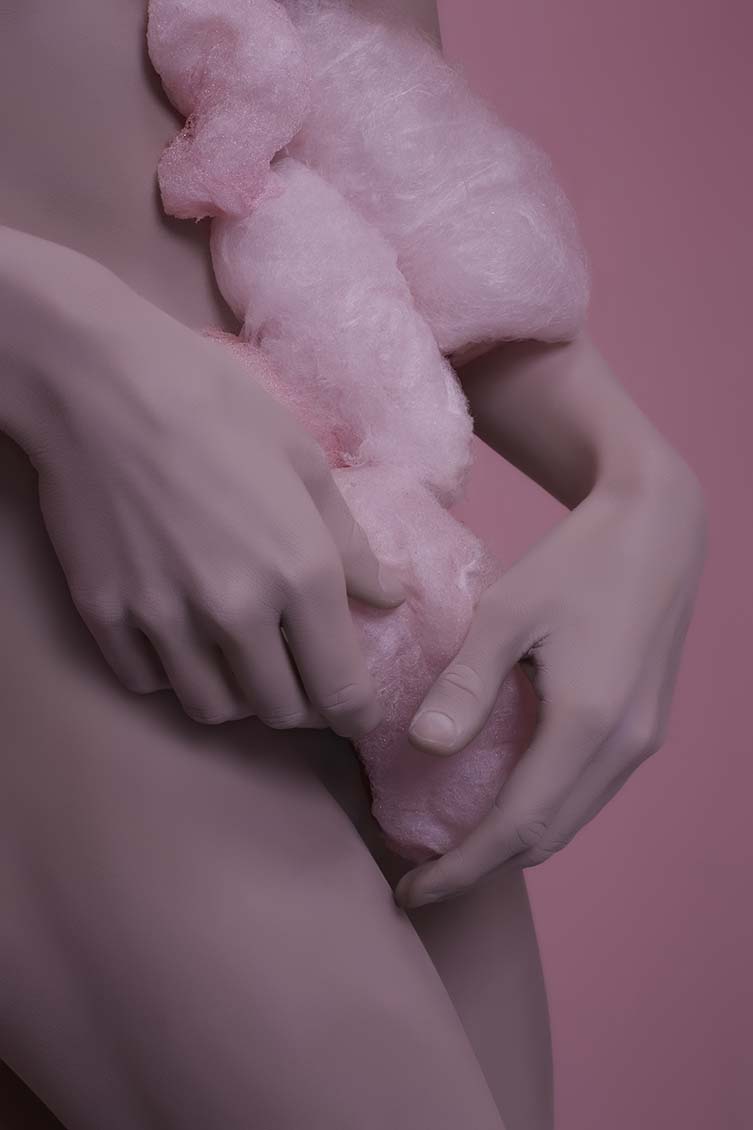
You state that you’re not looking to capture reality, so what are your intentions and what is it that you want to portray?
My approach to photography is staged, sculptural and graphic. There is a certain dualism going on in my aesthetics: on the one hand, it’s clean, beautiful and colourful, and on the other it’s grotesque, eerie and pale.
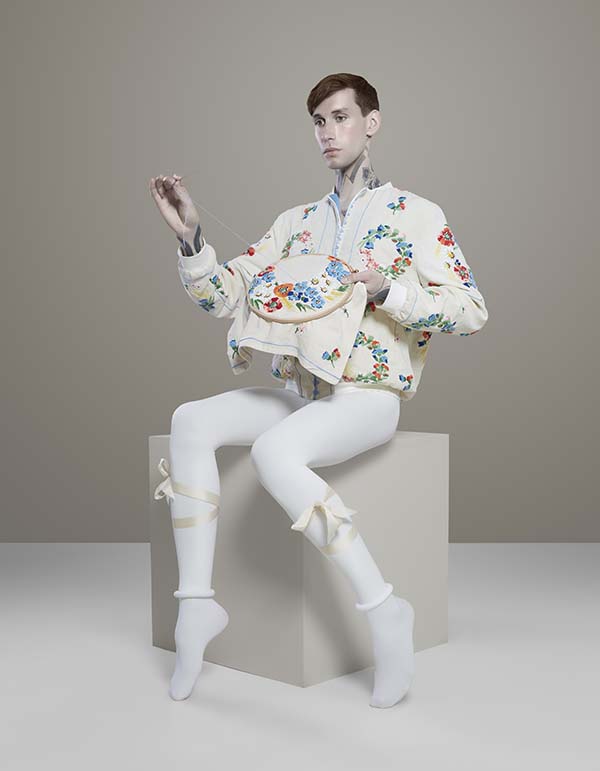
I create or invent a character or composition and take a picture of it. It’s about finding aesthetic solutions. There is no distinct message I want to transmit, on the contrary I’d prefer to stay uncertain and leave it to the viewer to make their own sense out of it.
Tell us about your studio and the area …
My studio is part of my flat, and it’s located in a district called Wedding in Berlin. It’s one of these typical old Berlin houses with wooden floors and high ceilings.
The neighbourhood is quite boring yet very international, with lots of immigrants living here. There are very few fancy restaurants and bars, which I don’t really miss. The best things about it are public transport connections, and all I need for everyday life within walking distance.
How do you envisage an image before shooting? What’s your process? Do you sketch, mock-up, or play with colour and tones before deciding on the direction of your compositions?
This very much depends on the project. When it comes to commissions I start with Photoshop sketches according to the brief. These can get quite close to the final artwork and include colour and composition proposals.
Regarding my personal work, however, it’s usually not so defined. There is just this face, fabric, or whatever material I found in the beginning and I take it from there. Of course, there is already a basic idea or concept, but I often skip the sketches and start improvising.
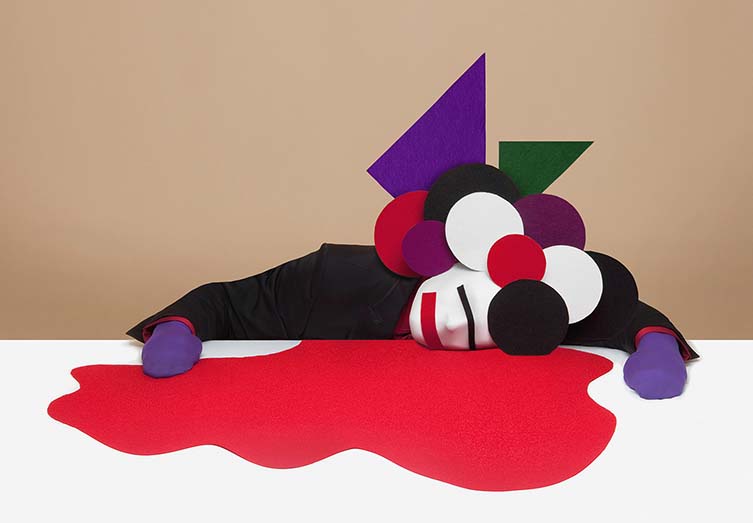
Geometric Homicide
Can you tell us about some of your favourite projects to date?
It’s probably one of the first series I created using photography in 2009 called Geometric Homicide. It turned out to be a bit of an ‘awakening’ as an artist. For the first time, I somehow managed to express myself uniquely.
Another important one, and probably the biggest project I’ve ever worked on, will be released next year. It’s for the 20th anniversary of Spanish design studio Serial Cut, and I was in charge of the costumes and the portraits of the characters. Unfortunately I can’t show any of that so far, so stay tuned, because it’s going to be mind-blowing.
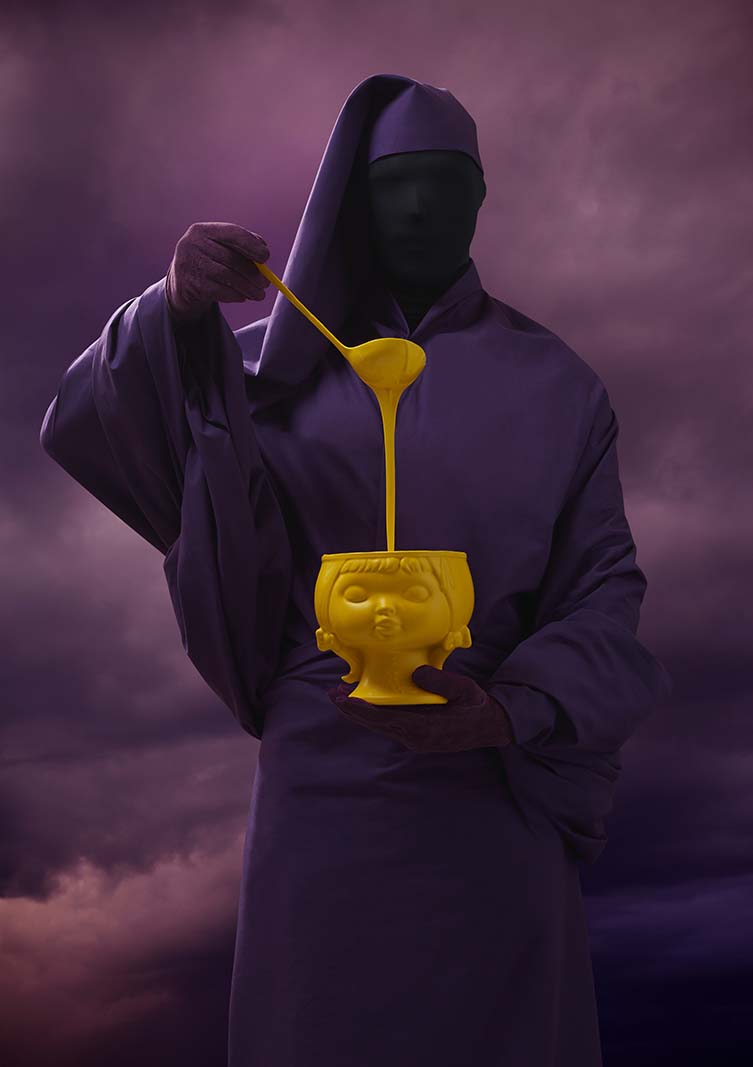
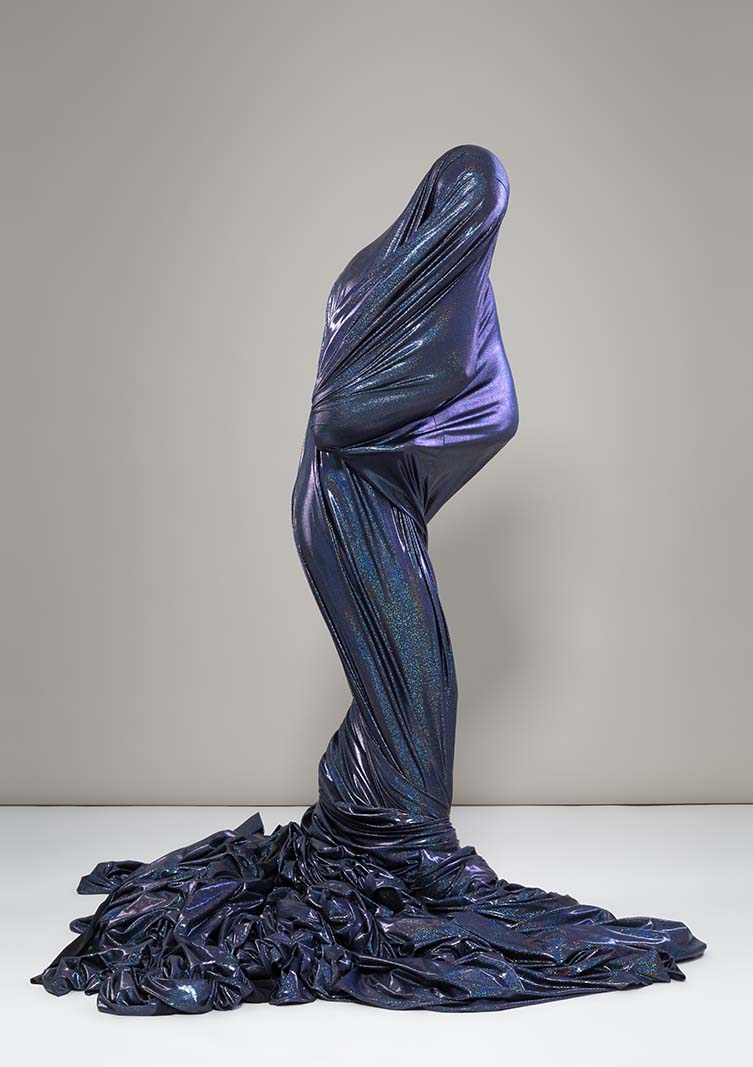
What’s the place or period that has meant most to you in life?
My time living in Madrid is without a doubt one of the most important periods in my artist life so far. Even though I was working in the creative field before, it was there where I learned the right tools to find my own visual language.
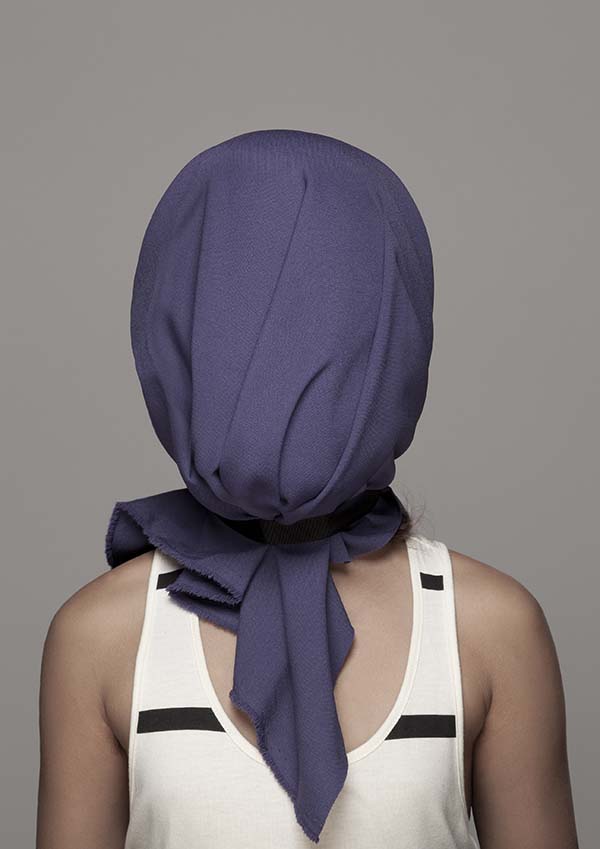
Do you prefer shooting and art directing people or objects? Is one more interesting than the other to you?
Objects can be nailed, glued and stapled without complaining or getting tired, which is a great advantage.
I am quite shy when it comes to directing people. That’s why I prefer to work with friends and probably also a reason for covering their faces in many works. Mostly, my intention isn’t to capture the authenticity of a person. In a way it’s the contrary, I use them to illustrate an aesthetic concept.
The selected works on your website are a little cryptic. You don’t necessarily show off brands or labels you’ve worked with …
I am very strict with what goes on to my website. I prefer showing artworks that don’t feature a product but a visual concept and intend to display works that are somehow timeless. I don’t shoot a lot of ad campaigns—my client work is mainly for institutions, magazines or other artists.
What’s more important in your unique practice: composition, colour, or art direction?
To me, all are equally important. Even though colour is the part that I am most confident with.
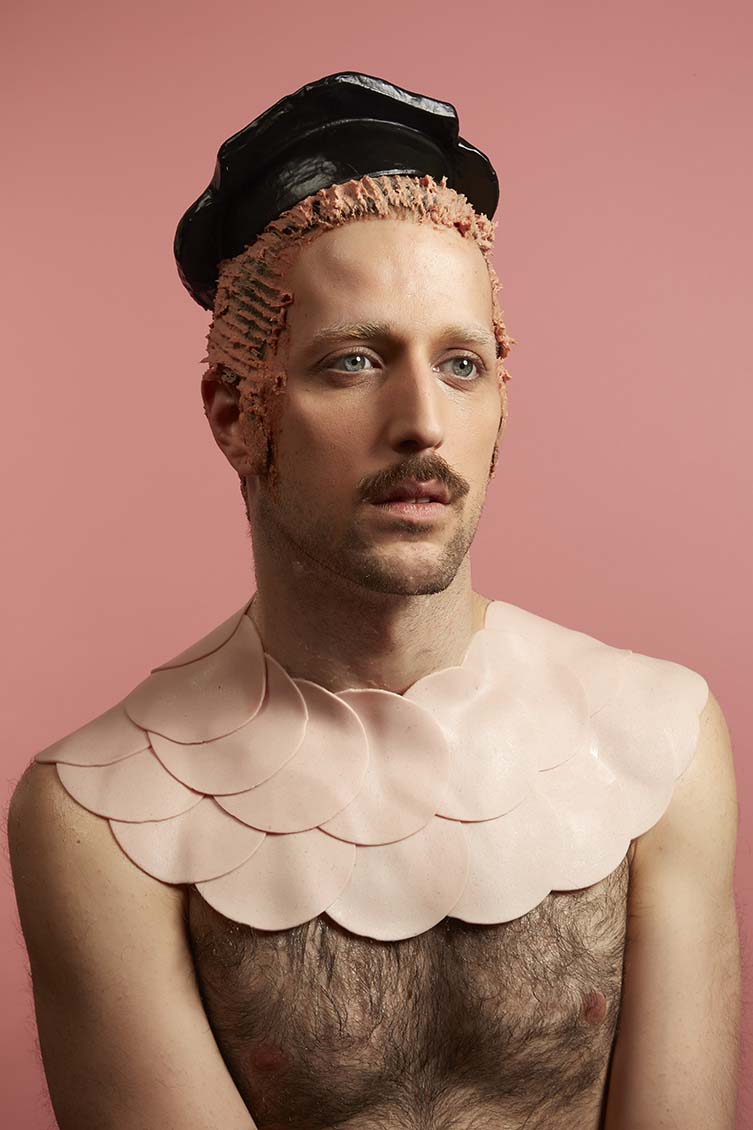
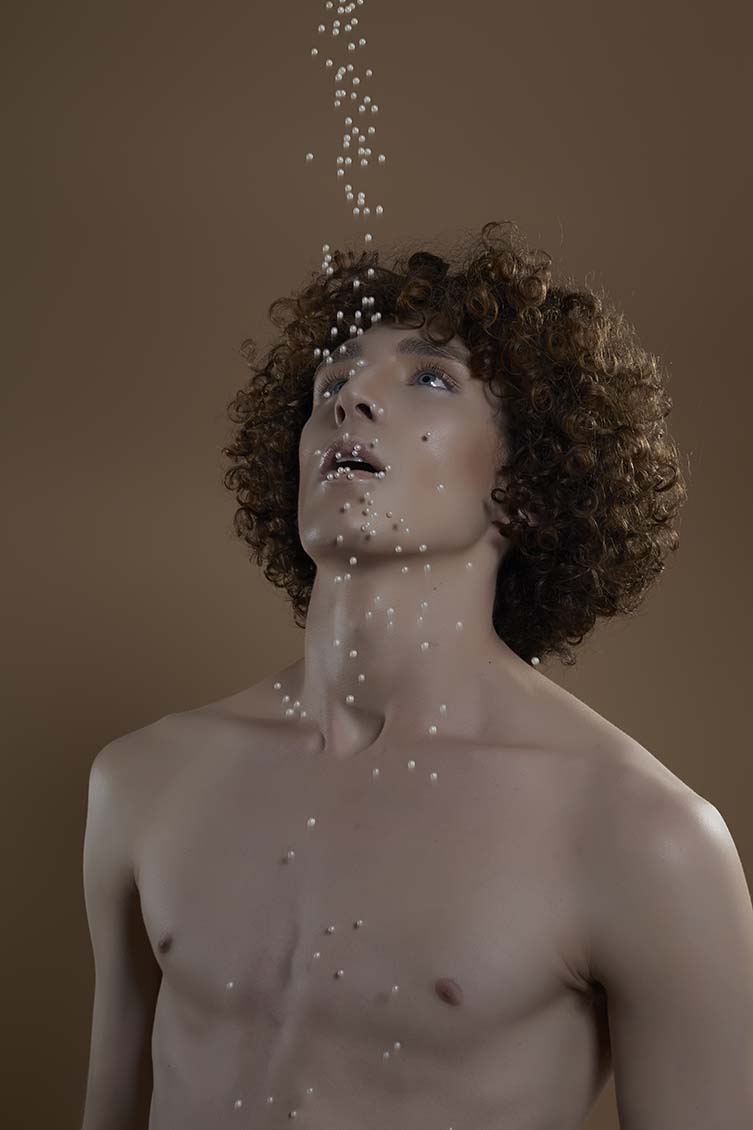
Set design features in your photography, do you physically create the props/sets, are they created post-production, or by someone else?
Usually I create the props and sets myself or in collaboration with another artist. Some of them are re-done or adjusted in post-production. I work with Spanish design studio Serial Cut a lot, and they are pretty awesome in adding the CGI element.
Has anyone’s work in particular had an impact upon your own style?
Back in the ’90s I remembered coming across Cindy Sherman’s work in a bookstore and was immediately captivated by her concepts, aesthetics, and sense of humour. Irving Penn, Leigh Bowery, too, I could go on mentioning big names that I admire, but in the end it’s nothing less than the entire history of art that inspires me.
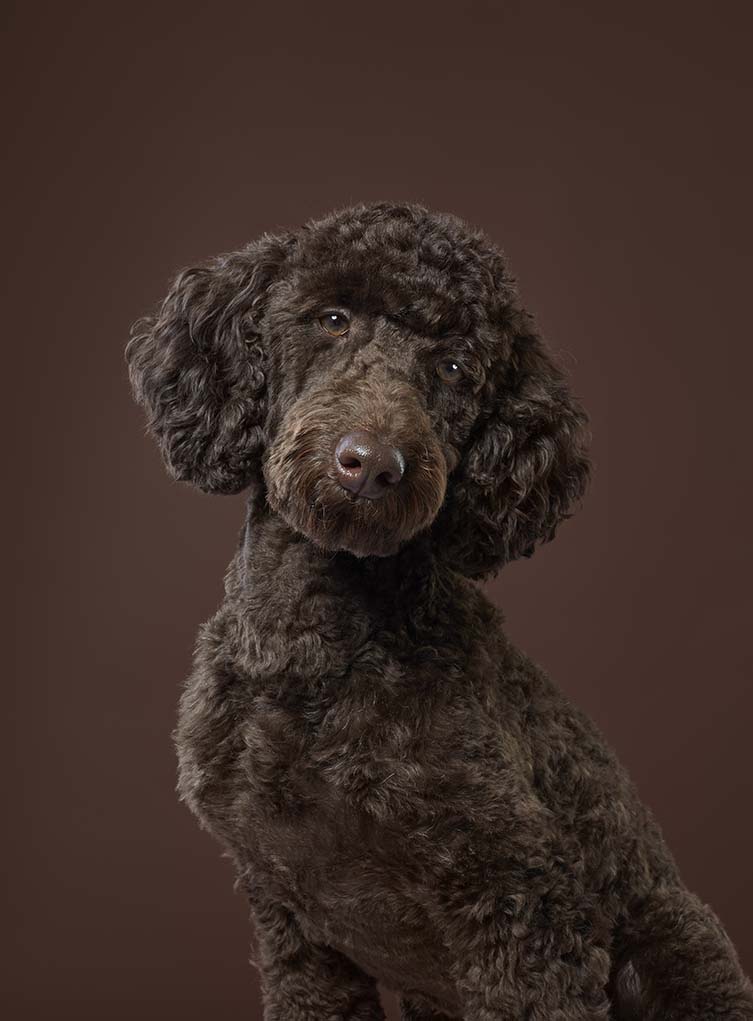
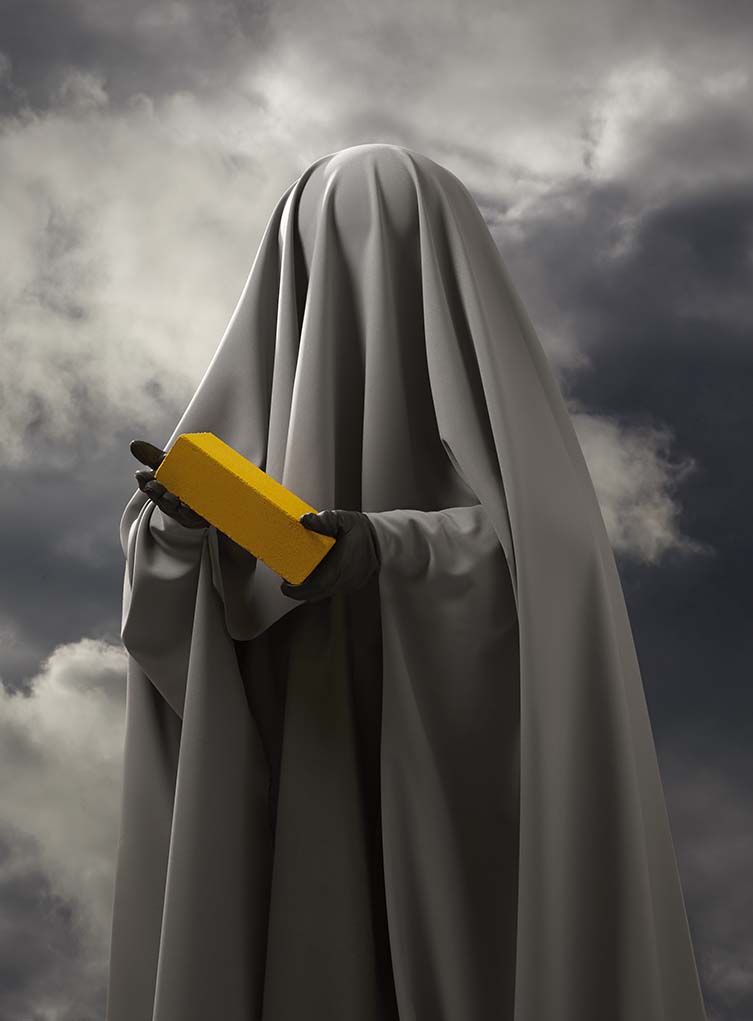
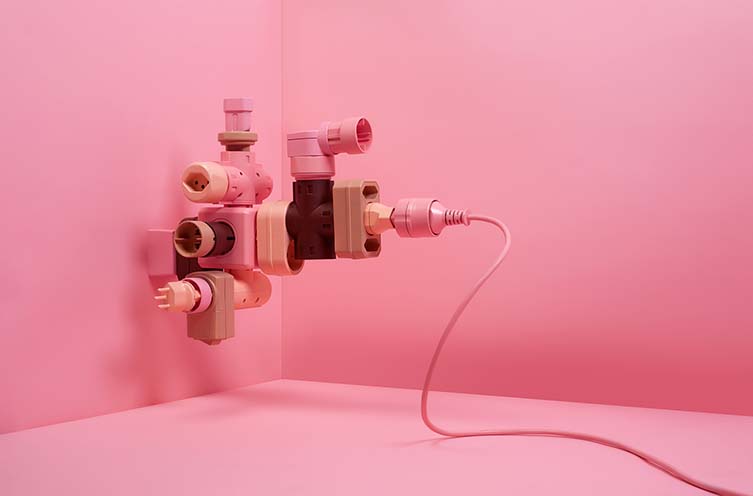
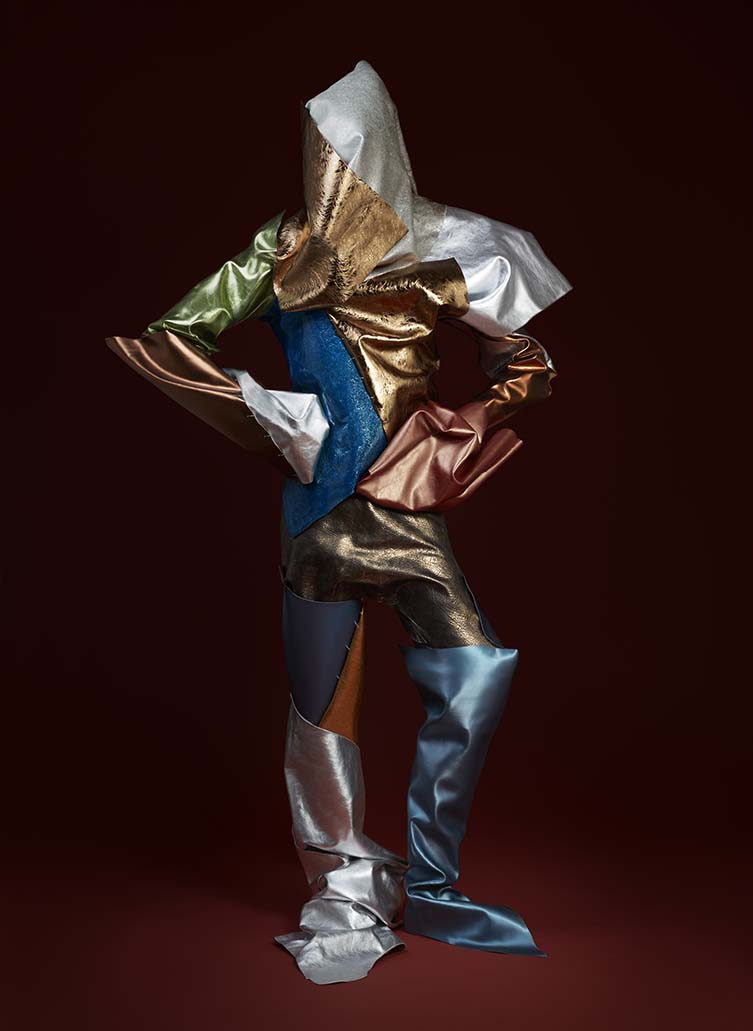
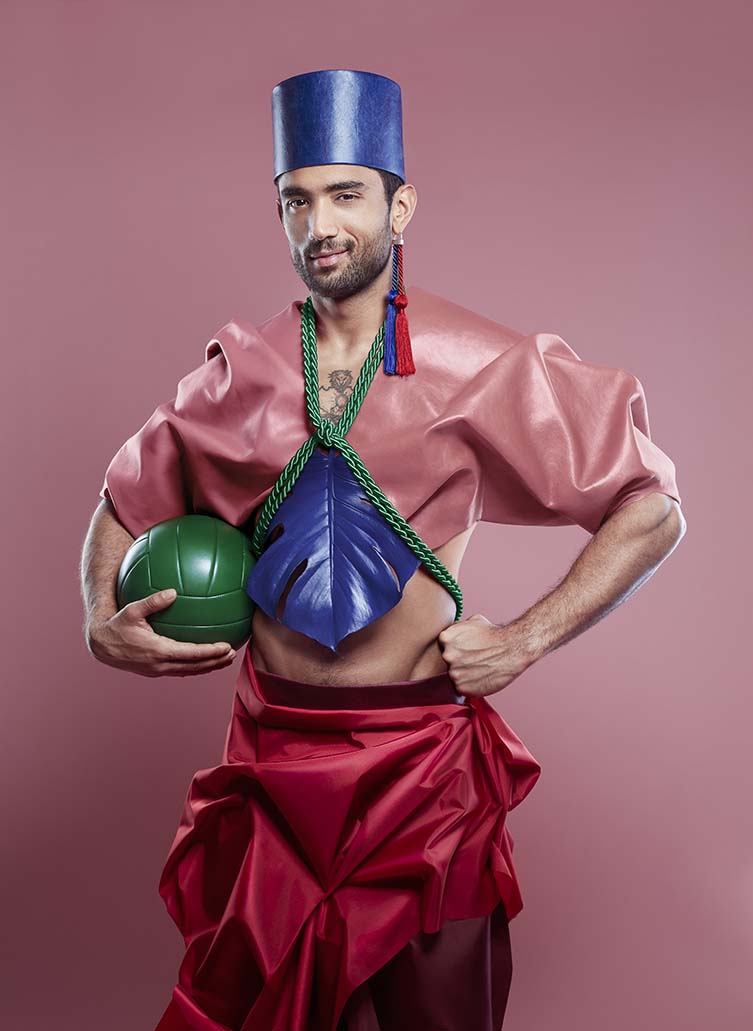
All image © Robert G. Bartholot.
